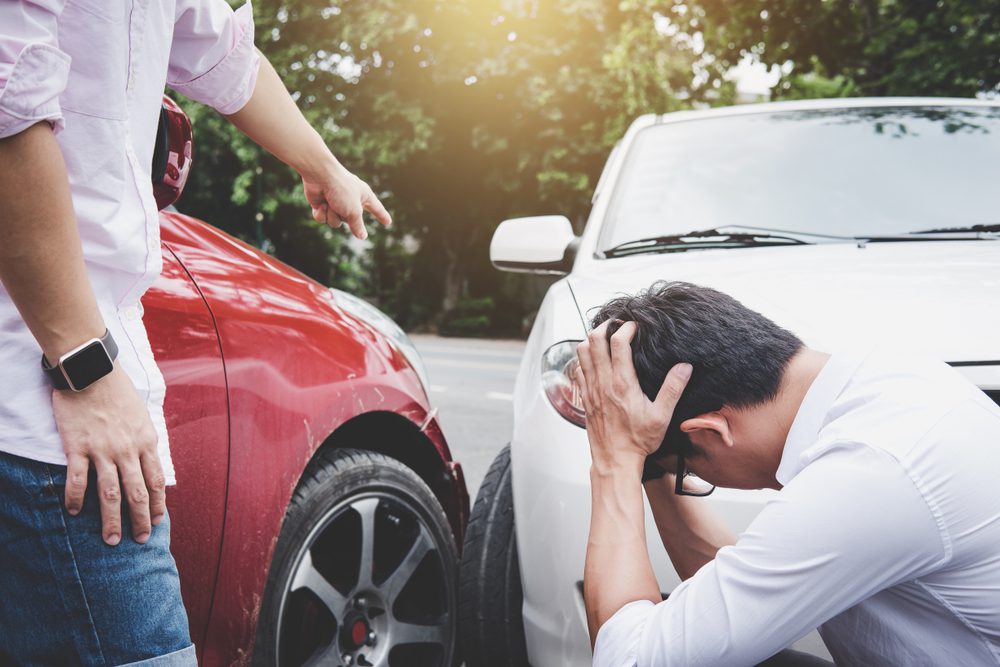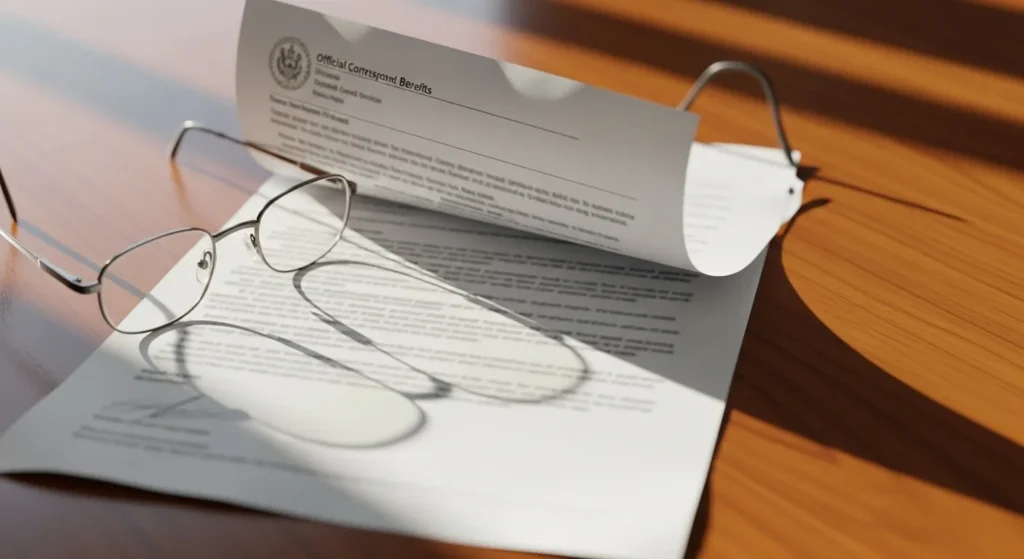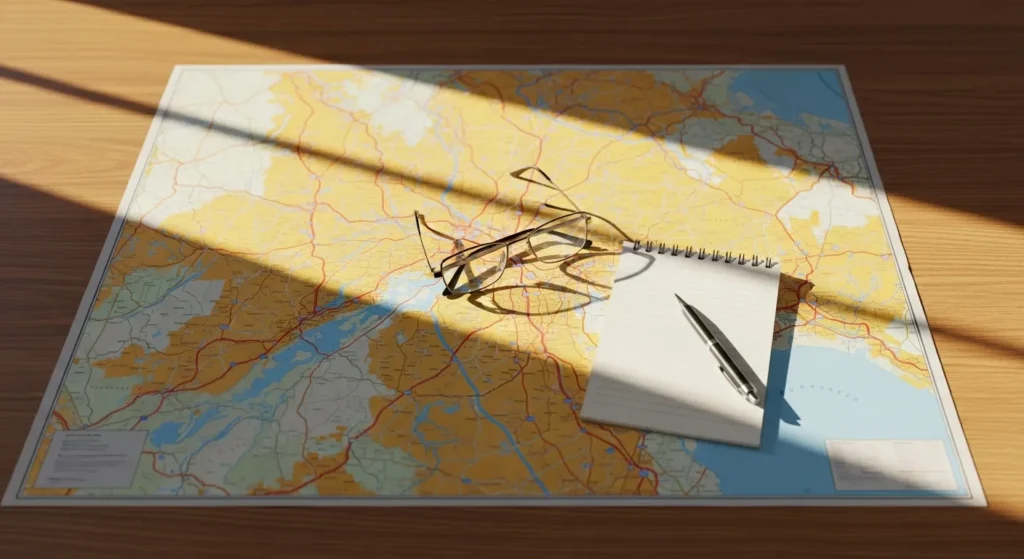
In the convoluted world of car insurance, you could end up convinced to pay for every type of coverage under the sun, from total calamities to minor inconveniences. Figuring out what you should buy and what you could skip is a constant battle. On one hand, your insurance company will insist on everything. On the other hand, your wallet will insist it wouldn’t handle the costs.
Add to that the fact that family members and friends will often chime in with their own thoughts. In the middle of all that noise, we thought we could give you our own opinion. Hopefully, with the help of this guide, you’ll find buying car insurance a little more manageable.
So here’s what we think you should do if you want to stay sufficiently covered without breaking the bank!
Getting Organized
There’s nothing worse than diving headfirst into figuring out your insurance policy without collecting all your pertinent data first. If you want to make heads or tails of your current plan then you shouldn’t skip this step, otherwise, you’ll end up more confused than when you started out.
It may seem daunting, but we guarantee you could do this during a commercial break or while waiting for your pasta to boil. Either grab your current paper policy or check out your insurer’s website. If you can’t access either, call your insurance and ask them to help you out.
You could use either Google spreadsheets or Microsoft Excel, but if you have other favorite programs that work in much the same way, go for it! You could also use good old fashioned pen and paper but we recommend you go digital.
That’s because you should try to upload your files to the cloud. That way, you’ll more or less always be connected to your data.
Look up what’s covered as well as your deductibles, but also add due dates, phone numbers and email addresses (contact information in general) just in case. Using a bit of digital magic, your software will show you your total.
Liability

Liability coverage, which is typically required by law, is an area of your policy you shouldn’t approach on the cheap. It covers damages you do to others and in the event of an accident you want to be well covered.
The issues stem from when you look at the numbers, since this portion of your policy can be rather costly. We have two pieces of advice for you. First, consider your net worth when you decide on how much liability to buy. Others could give you more specific numbers, but your policy should be adequate to your circumstance.
Secondly, you’re going to have to pay for liability anyway, but adding more to your plan won’t usually break the bank. Perhaps it’s a good idea to add a little extra if it helps you sleep better at night.
Do You Need Comprehensive and Collision?
Comprehensive and collision coverage protect you in different types of events. Remember, if you get in an accident and the other driver is at fault, their liability coverage will cover your damages. If your car gets vandalized, damaged like in the event of hail storm or worse case scenario- stolen, then that’s where your comprehensive coverage comes in.
Collision coverage covers events in which you damage your car, so it’s important to know the distinction between the three.
So should you buy these two options? It really depends on the value of your car. Will the premiums exceed 10% of the value of your car? Then paying monthly might not be worth it at all, but you’re going to have to live with the risk. You’re probably better off saving that money to buy another, better car.
Of course, this choice will be taken from you if you borrow to buy a car. In these cases, lenders require both collision and comprehensive coverage.
What’s more, if you need to rent a car you should be aware that not having these extras will affect your rentals. That’s when you’ll have to pay for insurance at the rental-car counter. The only way you can bypass this is if your credit card offers these perks, so always check first before you sign on the dotted line.
Deductibles
I’ve seen both seasoned drivers and novices make mistakes when it comes to their deductibles. To put it simply, the amount of money you’re expected to cover in the event of an accident is a deductible. Of course, circumstances vary from household to household, but you shouldn’t cover against inconvenience, you should cover against catastrophe.
The higher your deductible, the lower your premium. Raising yours to, let’s say, $1,000 could save you anywhere between 10% and 20% on your premium.
You simply must ask yourself what you’re willing to pay and how much you’d like to save in the process. Remember, you have to pay premiums on a regular basis whereas you have to pay your deductible only in the event of an accident.
Personal Injury Protection
We’re not saying you should skip personal injury protection at all. We’re simply staying you should be mindful of all other factors when you decide how much you want to pay. Let’s break it down.
Say you’re driving around with a friend and got in an accident. It was your fault. You already have liability protection. Do you normally carry passengers that have their own health insurance? Then any damages you and they suffer will already be covered.
What if it isn’t your fault? If the other driver has liability insurance then you and your passengers will be covered by it and health insurance.
We hear you, we hear you. What if the other driver doesn’t have insurance? That’s where uninsured motorist coverage comes in- more on that later. But for the purpose of health insurance, you should know you could use that for medical bills coverage.
So all in all, paying for personal injury protection is a smart move, but you should consider all the factors before deciding on how much you’re willing to pay for it.
Uninsured Motorist
Drivers are legally required to have liability insurance, but that doesn’t mean there aren’t individuals out there who drive around without it.
If you want to add a layer of protection for yourself, your passengers and your goods, a smart idea would be to purchase this perk as well. As mentioned earlier, it comes in handy in the event of an accident that is not caused by you if the other driver is uninsured.
Shopping for a Policy

Shopping for car insurance can sound daunting, but we promise it’s not as difficult as it seems. Your first step is to make sure you have all the relevant information and then it’s a matter of customizing your policy so it fits your needs! Remember this, as more often than not, insurance companies will try to make you pay extra- this is how they make money after all.
Still unsure? Then you should call a toll-free number from your (or any) insurance company and have someone explain all the ins and outs of all the options at your disposal. Now that you’ve got your nifty little spreadsheet, you should be able to add different columns and rows for any new information.
What’s next? Look at your driving history. What kind of driver are you? Do you really need the car rental insurance? If you’ve been driving for 30 years and never used this service you shouldn’t shed any tears by cutting it off your list. What’s your driving record? What about your car?
The easiest thing you can do when shopping around is to visit different websites from different car insurance. You don’t even have to step out of your home to find the best deals for you. Alternatively, use websites like The Zebra and Gabi in which you’ll have to provide some information in order to be given the best rates for your needs.
This latter option is way faster than checking every single car insurance company under the sun. They’ll do all the heavy lifting for you.
But perhaps our most important piece of advice is to keep shopping around. It’s a good idea to look for new deals and consider any changes to your plan every other year. That way you’ll stay in touch with your expenses so that they don’t become just random numbers on a piece of paper. Regularly reminding yourself of what you pay is a good way to make sure you’re not overspending.
We hope this article helped shed some light on how to deal with car insurance. If you have any more questions, comment down below and we’ll try to clear up any confusion!
You might also like:










